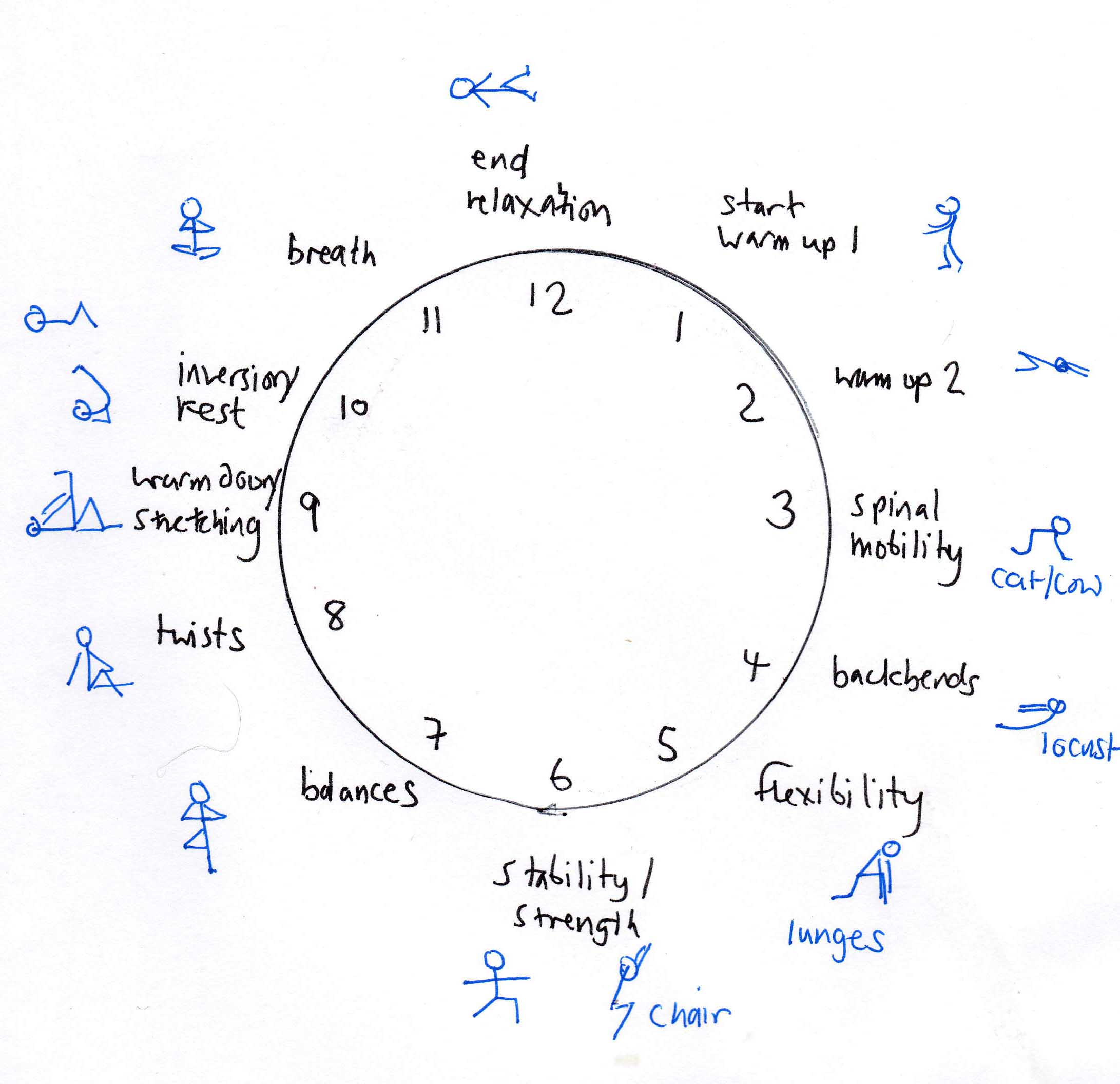Published: Mar 31, 2017 by Lucy Tennyson
The week’s theme was loosely entitled the philosophy of yoga – an impossibly vast subject to cover in a lifetime, let alone a single class. The yoga we practise in class – hatha, or forceful yoga – has come about through a meeting of ideas from west and east. And I would argue can offer the best from both.
Most of the strong standing poses, and even such stalwarts as downward dog and cat, although have been given Sanskrit names, are likely to have emerged out of the growing health and fitness movement in early 20th century northern Europe.
While the sitting and breathing aspect, and meditation, are derived from Eastern traditions. For example, the Sanskrit word ‘asana’ doesn’t really translate as posture, but seat, as in the sense of coming into the right way of sitting for meditation.
Although we don’t do it very often in my classes, one thing many people enjoy is chanting OM together. It’s best done in a largish group. It’s often the first and last sound in your ears in many yoga gatherings. Why do they do it? Perhaps you’ve heard it defined as “the sound of the universe” — but what does that really mean?
It can mean what you want it to, is my rather vague answer. It can have the effect of bringing a group together, uniting us with the thousands who have chanted it over the centuries, and continue to do so today. Some feel the sound helps to calm the mind.
The concept of OM appears to have first cropped up in the Upanishads, a collection of Hindu sacred texts written over many centuries. One of the earliest, the Mandukya Upanishad, which is entirely devoted to Om, begins like this: “Om is the imperishable word. Om is the universe, and this is the exposition of om. The past, the present, and the future, all that was, all that is, all that will be is Om. Likewise, all else that may exist beyond the bounds of time, that too is Om.”
Here’s how to do it: For ‘ahh’ relax the jaw. The sound rises from the belly, lips are parted, and the tongue doesn’t touch the palate.
In ‘oooh’ the lips gently come together as the sound moves from the abdomen into the heart.
During ‘mmm’ the tongue floats to the roof of the mouth, and the lips come together to create a buzzing in the head.
Silence — or om’s ‘fourth syllable’ — follows while the sound fades into nothing.
